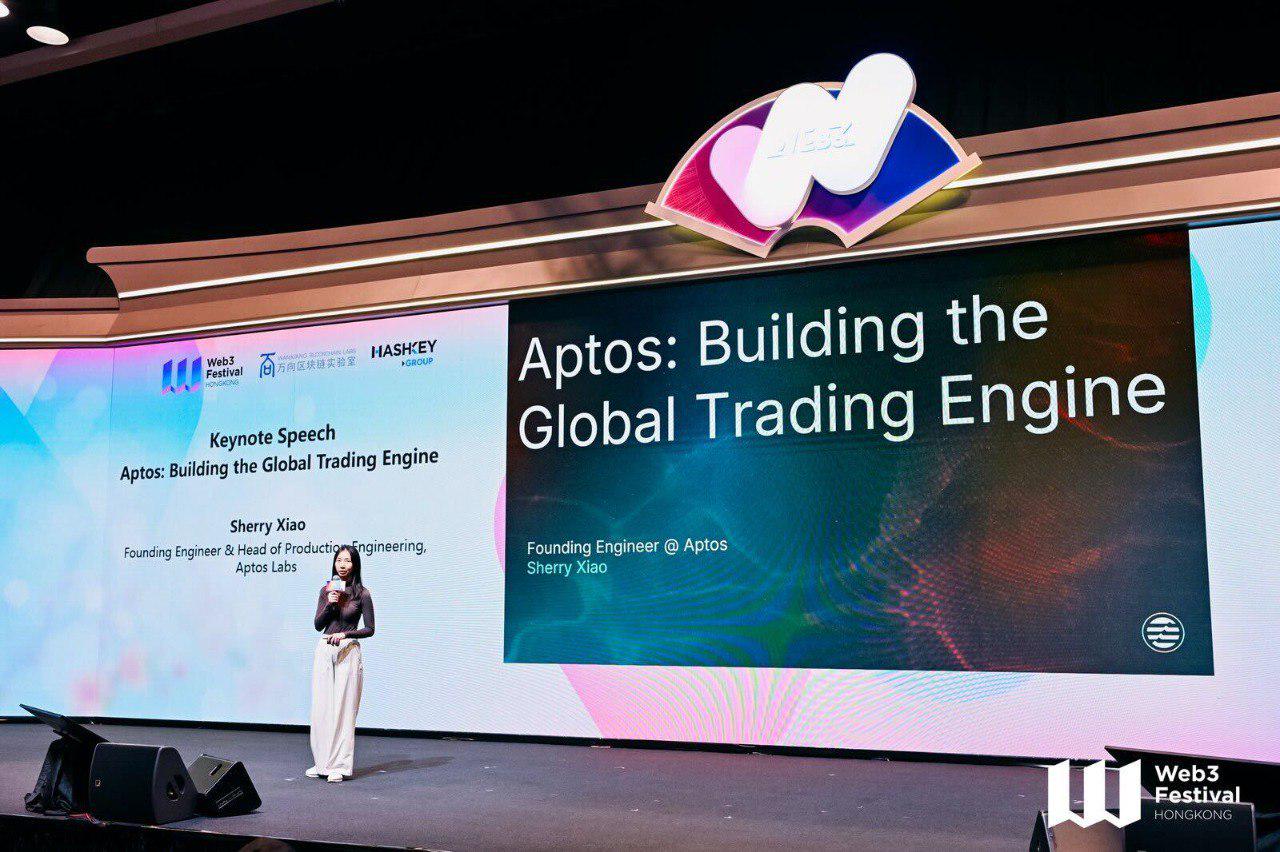American Express platinum business card.
Courtesy: American Express
American Express on Thursday unveiled updates to its flagship credit card amid heightened industry competition over the country’s high spenders.
The company said that consumer and business versions of its refreshed Platinum card now carry an $895 annual fee, about 29% higher than the current fee of $695.
But consumers can now tap $3,500 in annual benefits, according to American Express, mostly in the form of credits offsetting purchases made on the card, more than twice the previous level.
The perks include credits at Uber, Lululemon, Oura, the restaurant booking platform Resy, and enhanced hotel and streaming benefits, the card issuer said. Business card users will also see $3,500 in annual benefits, including new hotel credits and offsets for purchases at Dell Technologies and Adobe.
Those are on top of the card’s existing benefits, none of which have been rolled back, said Howard Grosfield, president for U.S. consumer services at American Express.
American Express’ announcement highlights an arms race of sorts when it comes to catering to wealthy U.S. consumers. In recent months, JPMorgan Chase and Citigroup released updated or new premium cards, products laden with benefits for those who spend, travel and dine enough to make them worthwhile.
Notably, American Express and JPMorgan each made announcements within a day of the unveiling of their rival’s updated premium cards. American Express touted its biggest ever investment in a card refresh back in June just before JPMorgan released its latest Sapphire Reserve card, while JPMorgan announced improvements to that card’s hotel perks Wednesday.
Card issuers are banking on the fact that wealthy Americans are driving an ever-growing share of the country’s overall spending. Consumers with top 10% incomes accounted for roughly half of total spending in the second quarter, the highest level in more than three decades, according to Moody’s Analytics.
Unlocking perks
But the rising cost of card membership has led some users to downgrade to lower-tier versions or explore more affordable offerings from Capital One or Citigroup, senior Bankrate analyst Ted Rossman told CNBC in June.
Some customers in online forums including Reddit bemoaned what they called the “coupon book” approach that requires users to diligently use their cards to maximize benefits.
While the Platinum card’s perks, like a $400 dining credit through Resy or $300 Lululemon credit, do require online enrollment, American Express said a new app for Platinum users would make setting up and using benefits straightforward.
“We spent an enormous amount of time around, how do we make this as easy as it can be for card members to understand, access and, most importantly, unlock all these great benefits,” Grosfield told CNBC in an interview.
Existing customers with the consumer Platinum card will incur the new, higher annual fee on renewal dates starting Jan. 2 and onwards, the company said.
Source: https://www.cnbc.com/2025/09/18/american-express-platinum-card-refresh-895-fee-3500-perks.html


